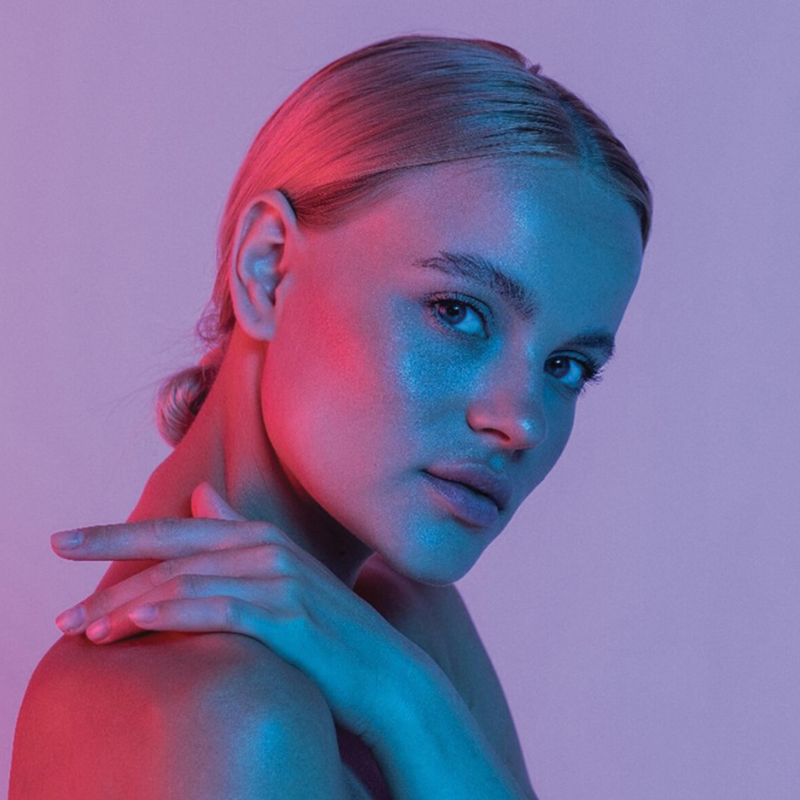Why clinical scores are suitable for the performance evidence ?
The clinical evaluation methods by a trained expert or a dermatologist enables the objective visual and tactile quantification of the several clinical signs present at the skin or hair surface using referenced pictures and/or scales. In this case, the “eye” and the fingers are the instrumental devices. We can find numerous scales and atlas but there are no norms and anyone, sponsor or investigator can create its own scale referencing pictures with the adequate grade. However, since more than 10 years, there are specific atlas published such as the well-known “Bazin” ones that everyone consults for the ageing evaluation and subject inclusion.
They exist for several skin types: Caucasian, Afro-American, Indian and Asian. The clinical score is a global approach which can be doubled by photographs of the subjects (face, profile) which can be scored in double blind, before and after treatment and classified by naïve or experts’ panel. The disadvantage of the picture score is the 2D format, the variation of the type support, the absence of a dynamic… But it is an interesting method because of the flexibility it offers (assessor type, timing) and especially for the application of AI algorithms and modelling.
What referenced scores for what claims ?
For some claims, there are scales which are generally used; this list is not comprehensive. We know that some parameters are more difficult to evaluate by the experts.
• Moisturising effects: Analogue visual scale; ODSS Overall Dry Skin Score; SRRC Specified symptom sum score. The dry skin/ichthyosis area and severity index (DASI)…
• Skin ageing: Lemperle classification, Carruthers scales, Kappes & Elsner scoring, the famous “Bazin Atlas” co-authored by E. Doublet, F. Flament, F. Giron, V. Rubert…
• Complexion radiance: one of the most difficult score, CLBT (JC Pittet) scoring for colour, luminosity, brightness and transparency for Caucasian and Asian skin.
• Colour: Skintone (Pantone) scale
• Body morphology: 2 scales for body-images (Gardner and al.), Body shape Questionnaire (Rousseau and al.), Body-image assessment scale (Thompson and al.)
• Cellulite (photograding): mechanically-accentued microrelief of thigh skin ( Perin and t al.), photo scale of Skin roughness using oblique light (Bielfeldt and al.), photonumeric cellulite severity scale (Hexsel and al.)
• Other topics: all the visual aspects of the skin such as erythema, black spots, lightening, whitening, greasy skin, redness, make-up lasting, prone to acne skin, sagging of the face, softness…
What are the considerable advantages of the scores ?
• Global 3D in life visual and tactile expert evalua tion including quali ta tive and quantitative aspects: surface, size, numbers, intensity…
• Easy, cheap and quick to conduct
• Predictive and sensitive tool The challenges of the clinical scores: beyong repeatability and reproducibility
• The precise definition of the criteria for each product claim with the characterisation of the entire process,
• The training of the evaluators to reduce the inter-assessor variability,
• The conditions of the test: lighting, positioning, distance of the subjects and the evaluator, colour of the clothes, the hair style. The Evalux bench (Orion concept) is recommended.
When conditions are met, the clinical evaluation is a good predictive tool because of the sensitivity and the precision of the human analysis combining knowledge and experience. It gives elements to better understand the product effect which is not always demonstrable by the instrumental devices. This method seems to give closer results to the consumer tests and be generally coherent with other methodologies.
Good news! AI is around the corner and brand intern labs, CROs and devices and software manufacturers are focused in the learning process of neural networks. The training of the AI system with tens of thousands face pictures of multi-ethnic panels allow an automatic grading made by the machine. Then, the sophistication of the Smart phone sensors and the augmented and virtual reality systems make any innovative tool in this field relevant, simple and accessible: consumer Apps (ModiFace, MDAcne…) and connected objects (OTSTC Skin diagnosis, smart mirrors, CareOs, Cutitronics, Skin UV or pH track, MaskID, Spotscan, Haircoach)…
The demand for personalized diagnostic coincides with the smart technologies’ diffusion. It will give the opportunity to the consumer to be more and more her “self-assessor” of the perception of her appearance. To achieve this numerical evolution the expertise of the “clinical experts” is really needed. The clinical score never dies !





